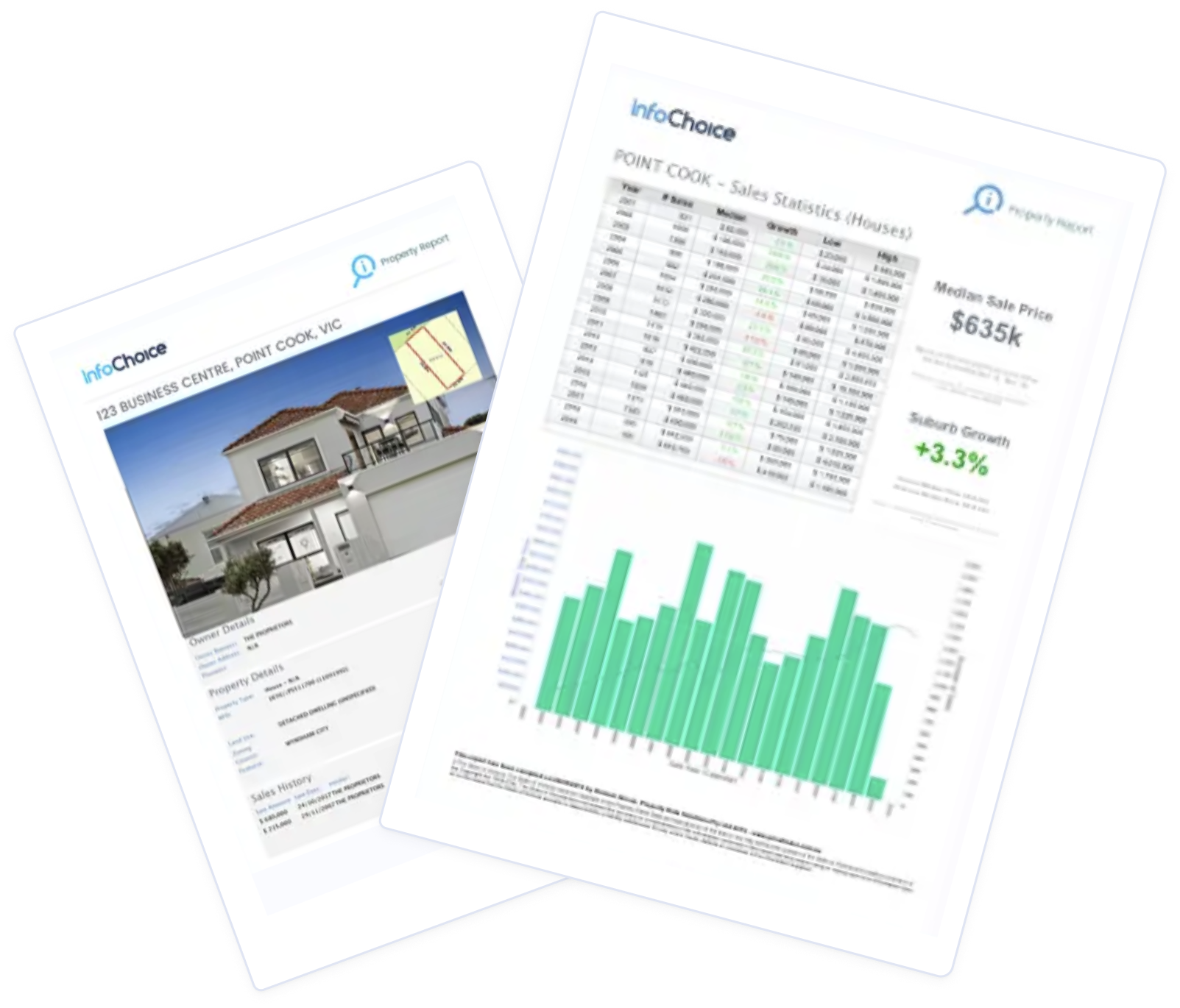
Economists and traders are broadly in agreement that the RBA will probably cut the cash rate to 4.10% in less than two weeks' time.
After the Q4 inflation numbers, both NAB and Westpac economists changed their official prediction to a cut, joining CommBank and ANZ.
Meanwhile the ASX RBA rate tracker, which calculates the probability of a cut based on the price of the Interbank Cash Rate Future Contract, has been consistent at a 95% chance of a cut since the inflation numbers came out in late January.
If rates do come down, it will be the first time the RBA has cut since November 2020, and the first change since November 2023 when the cash rate was hiked to 4.35%.
How bad has it been for mortgage holders?
While the RBA maintains that high interest rates are necessary to combat inflation, 425 basis points of cash rate increases have undeniably been a challenge for many Australians with home loans.
Variable mortgage rates have ostensibly blown past the 3% 'stress test' banks apply when assessing suitability for a home loan.
Mortgage stress has hit record high levels, and new research from YourMortgage shows just how rough its been.
Based on a survey of more than 1,000 mortgaged homeowners, The YourMortgage Home Loan Insight Report from January 2025 found nearly a third of borrowers were 'financially unprepared' for rates to go up as much as they did.
Among the biggest single regrets were not fixing the home loan rate, or not fixing for long enough.
About 15% of those surveyed reported that their regular expenses had become more than their income, 19% have increased the number of hours they work, while 7.6% have had to sell assets like cars or other personal items.
More worryingly, nearly 30% of respondents reported cutting back on essential spending on things like groceries, electricity or necessary transport, with 6.5% regularly skipping meals.
Just over 1% of respondents even admitted to resorting to petty crime like shoplifting to make ends meet.
Is a cut assured?
While the signs are all pointing towards a cut, there will still likely be plenty of deliberation at the February monetary policy meeting about the correct course of action.
The case for a cut
From October to December, prices in Australia rose just 0.2%, the lowest quarterly inflation figures since June 2020 and the height of the pandemic.
Underlying inflation (excluding volatile goods like fuel and food) over the year of 2024 dropped to 3.2%, below the most recent RBA forecast of 3.4%.
That's still above the target range of 2-3%, but there's now plenty of evidence inflation has began to moderate and a compelling argument that rates need to start coming down sooner rather than later in order to avoid an economic downturn.
The case for a hold
While the inflation outlook undeniably is improving, economists like NAB's Taylor Nugent says there's no urgency to cut.
"There is option value in waiting to better assess the trajectory of the labour market and the extent of the pick up in growth," he said.
The labour market remains strong, with the unemployment rate stubbornly not budging from the 4% mark, below RBA forecasts for the end of 2024.
It is worth noting though that despite this, Mr Nugent is still predicting the RBA will decide to pull the trigger on the 18th.
On the more technical side, labour productivity continues to pose challenges for the RBA, with more people employed being inflationary without the bonus of producing at the same rate; fresh GDP figures won't be released until 5 March.
Discretionary spending has also increased in the last three months of 2024, with the ABS partly attributing this to a confidence to spend after government cost of living relief.
